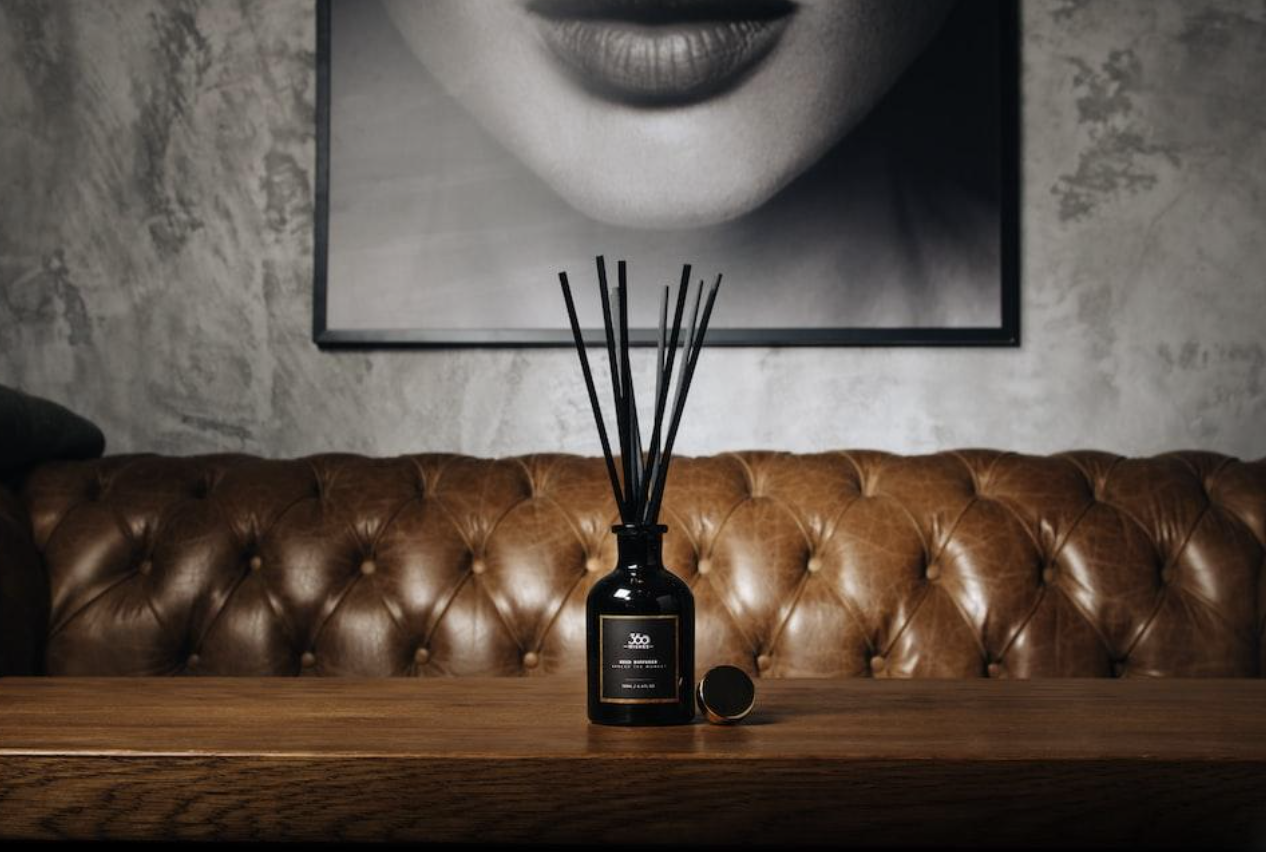
Many consumers might be looking to tighten their belts, but the home fragrance market continues to enjoy healthy revenues.
By 2030, the global market is expected to be worth more than €17.8 billion. Obviously, there’s a real appetite for diffusers, scented candles and all those other aromatic products that leave homes smelling sensational. However, brands still need to advertise to give their lines priority in an increasingly saturated market. Fragrances, be it premium perfumes or scents for the home, have always enjoyed an unusual relationship with advertising. Hollywood stars dominate fragrance marketing on television and in print, but radio is one medium that’s yet to be
The Challenges of Advertising Fragrance on Radio
Fragrance, be it premium perfumes or scents for the home, is incredibly difficult to advertise. In theory, radio advertising offers a lot of potential for home fragrance brands. For starters, there’s a huge audience. In Ireland, around 3.2 million people over the age of 15 listen to the radio every weekday. In theory, radio advertising allows marketers to target this entire audience. However, it’s more effective to target specific groups. While certain ads for certain brands like the ever-popular Yankee Candle might play well on mainstream stations, niche fragrances are unlikely to have the same appeal.
Radio ads tend to be more cost-effective than print and television formats. What’s more, they can be produced relatively quickly. However, if you want to get your ad in the ears of as many listeners as possible, you’re going to need to secure a desirable time slot. The most sought-after spots like the morning rush or evening commuting hours are incredibly competitive, which can drive up overall costs.
And these are just general obstacles faced when advertising on the radio. For fragrance products, consumer goods that make the best impression when triggering olfactory receptors, things are far more complex. On television, fragrances for the home are advertised with questionable claims that never quite commit to claiming a scientific basis. For perfumery products, there’s even less basis in reality. There’s often very little correlation between the action that’s occurring on screen and the product that’s being sold. Nonetheless, these advertisements are often effective. By employing recognisable talent as brand ambassadors and using established directors behind the scenes, fragrance advertisements tend to make a lasting impression. They can evoke the intention behind a product, while print-based campaigns tend to be more aspirational.
What Brands Have Used Radio as an Advertising Tool?
Recognisable home fragrance brands with mass appeal can lend themselves well to radio advertising. Even then, listeners with limited attention spans are going to respond more enthusiastically to retailers shouting about big discounts and deals on their favourite products, rather than creative commercials showcasing the vision behind the fragrance.
However, some brands have been more daring when it comes to navigating the waters of radio advertising. In 2021, luxury fragrance manufacturer Aesop partnered with Worldwide FM for a selection of broadcasts. This limited series was titled Heart Notes Radio and was specially created to celebrate the arrival of a new Aesop collection. At the time, Aesop made bold claims about how the event would experiment with the interplay between sound and scent. In reality, this initiative was more a shameless plug for a new product line, rather than a credible creative exercise.
Is There a Future for Fragrance Radio Advertising?
Ever since the 1950s, Smell-O-Vision and similar concepts have fascinated people eager to enjoy a complete sensory experience. However, there’s a reason why digital scent technology has never quite taken off. Unless there are big advancements in the next few years, the fragrance market will have to continue to depend on more conventional channels for advertising endeavours.

